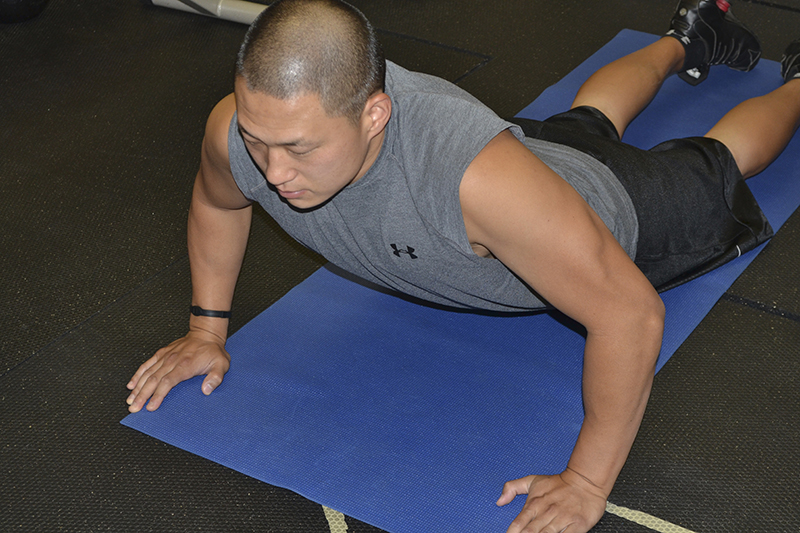
Relieve Back Pain with Movement – Glastonbury CT
Posted by: Tags: glastonbury ct | Categories: Movement Training, Relieve Back Pain
14
Rather than resting, we suggest you relieve back pain with movement. If you suffer from chronic back pain, below is a link to an informative article that gives a great overview of dealing with back pain. With the link I have pasted a section of the article that reviews why movement is important for back pain.
When choosing the best type of movement to help you it is important for your movement professional to be working in conjunction with your healthcare professional. Each practitioner should have a clear understanding of the medical issues involved and to know which exercises you have clearance for. In addition a movement screen is important to identify what movement qualities would help you most. Concentrating on flexibility with a person that has the flexibility they need, will probably not help, and may hurt. On the other hand, training strength in a motion that does not exist may add stress to structures that are easily hurt.
There are at least 5 qualities of fitness: flexibility, strength, stability, power and endurance. Missing one of the qualities can cause dysfunction in the other qualities. For these reasons it is important to have a professional screen your movements to help you choose the appropriate exercises for you. If you would like to have your movements screened, we offer a free movement screening to help you determine the movements that would help you. Call Movement Training by Design at 860-970-8575.
A comprehensive guide to the new science of treating lower back pain
When back pain strikes, your first instinct may be to avoid physical activity and retreat to the couch until the pain subsides. But doctors now think that in most cases, this is probably the worst thing you can do. Studies comparing exercise to no exercise for chronic low back pain are consistently clear: Physical activity can help relieve pain, while being inactive can delay a person’s recovery.
Exercise is helpful for a number of reasons: It can increase muscle strength, which can help support the spine; It can improve flexibility and range of motion in the back, which can help people’s functional movement and get them back to their normal living; it can boost blood flow to the soft tissues in the back, which promotes healing and reduces stiffness. These are just a few reasons why researchers who study back pain suggest opting for exercise before some of the passive therapies like acupuncture or massage (we’ll describe those later).
Researchers in this 2016 review of the research on exercise for chronic nonspecific low back pain summarized exercise’s range of benefits, including these pretty amazing findings:
“Aerobic exercise for 20 min on a cycle ergometer at 70% peak oxygen uptake reduced the pain perception for more than 30 min for patients with [chronic low back pain].”
“Improving the flexibility of the lumbar spine and hamstrings can significantly reduce [chronic low back pain] by 18.5%–58%.”
“Core stabilization programs have been shown to significantly reduce [chronic low back pain] by 39%–76.8%, and a muscular strength program significantly reduced [back pain] by 61.6%.”
Those researchers suggested that a combination of exercises — strength training, aerobic exercise, flexibility training — may be most helpful to patients, and that there seemed to be no clear winners among the different approaches but that each had its own benefits.
“My general take,” Chou said, “is that all [exercise types] seem to work.” If people find a program that makes them feel better, he added, they’ll probably see benefits not only with their back but with their overall health and sleep patterns, too.
To be clear, exercise doesn’t always help with those short-lived acute episodes. But if you have chronic back pain, you’ll want to find ways to work through the discomfort and keep active. Next, we’ll turn to some more specific exercises that are popular (and well studied) for back pain.